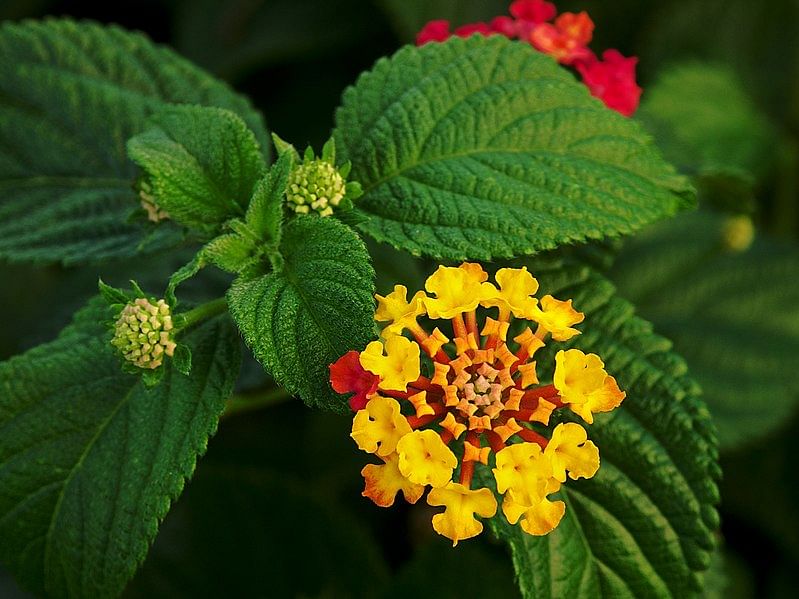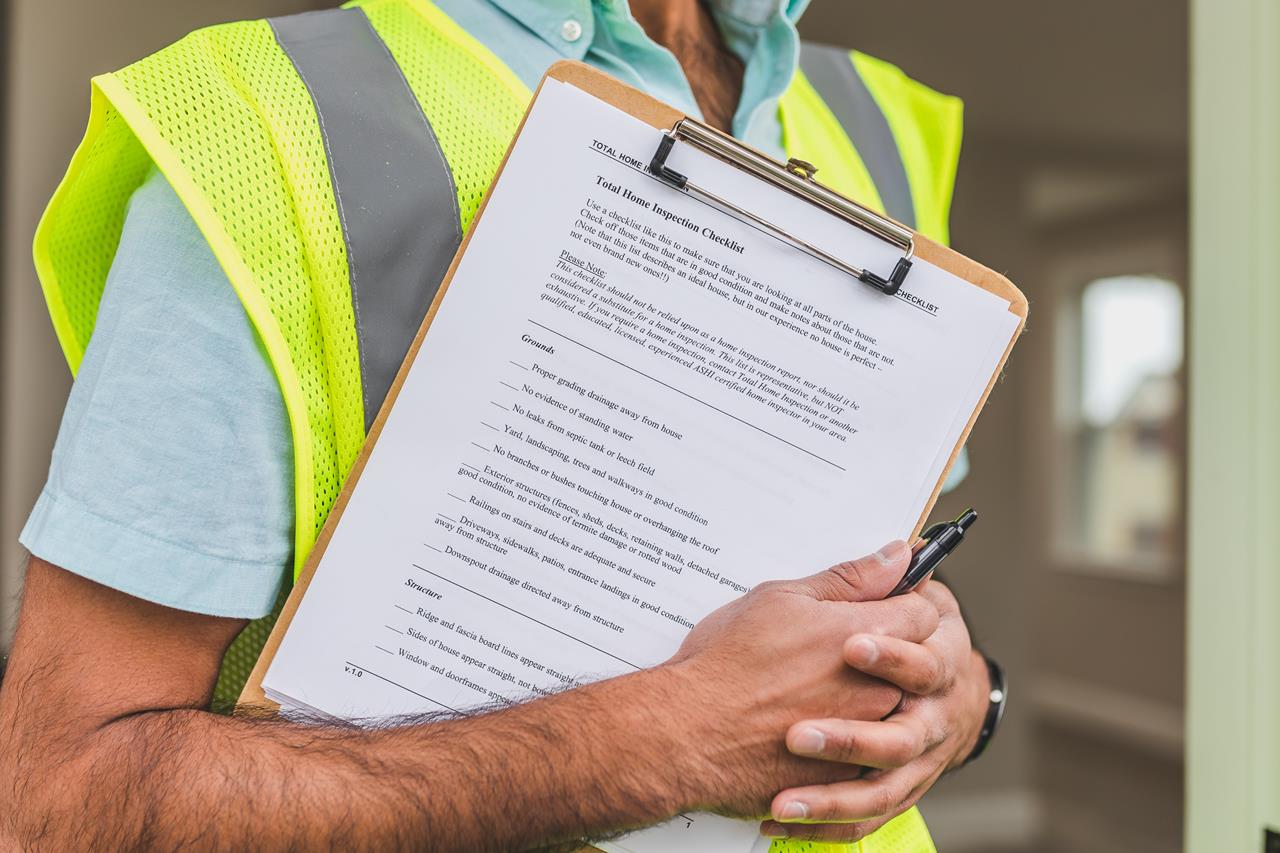Understanding Invasive and Alien Plants (IAPs) in South Africa
Invasive and Alien Plants (IAPs) are non-native species that have been introduced into the environment, either accidentally or intentionally. Once established, these plants can severely disrupt local ecosystems by outcompeting indigenous species, consuming space and natural resources — especially water.
This is a significant concern in South Africa, a country already facing water scarcity. Some invasive trees can consume between 100 and 1,000 litres of water per day, far more than native vegetation. IAPs also adapt rapidly to environmental changes, making them especially problematic in the context of climate change. For example, species like Acacia are nitrogen-fixing legumes and are able to alter soil composition, further weakening the resilience of native ecosystems and encouraging the spread of secondary invasives.
IAPs are divided into 4 Categories which include:
- Category 1a: Invasive species which must be combated and eradicated,
- Category 1b: Invasive species which must be controlled and wherever possible, removed and destroyed,
- Category 2: Invasive species or species deemed to be potentially invasive, in that a permit is required to carry out restricted activity, and
- Category 3: A species that is subject to certain prohibitions.
IAPs are regulated the Conservation of Agricultural Resources Act 43 of 1983 (CARA) and the National Environmental Management Biodiversity Act 10 of 2004 (NEMBA). These Acts place a duty of care and other legal obligations on landowners to manage, control and prevent listed invasive species on their properties from spreading. Key responsibilities include:
- Identifying weeds and invader plants occurring on premises,
- Identifying what action is required for the category of plants found on premises,
- In the areas where plants need to be removed, developing a biodiversity management programme that will ensure progress over time,
- Record all plant removal as proof of control and eradication, and
- Notifying the relevant competent authority (MEC or Minister) of the listed species found on premises.
The presence and spread of Invasive and Alien Plants poses a serious threat to South Africa’s already fragile ecosystems and limited water resources. Effective management of IAPs is an important step in preserving biodiversity and building climate resilience. By taking proactive measures in effectively managing IAPs, landowners and stakeholders, can play a vital role in preserving biodiversity and building climate resilience for future generations.
Contract Ariscu today for more information on how to manage Invasive Alien Plants.







